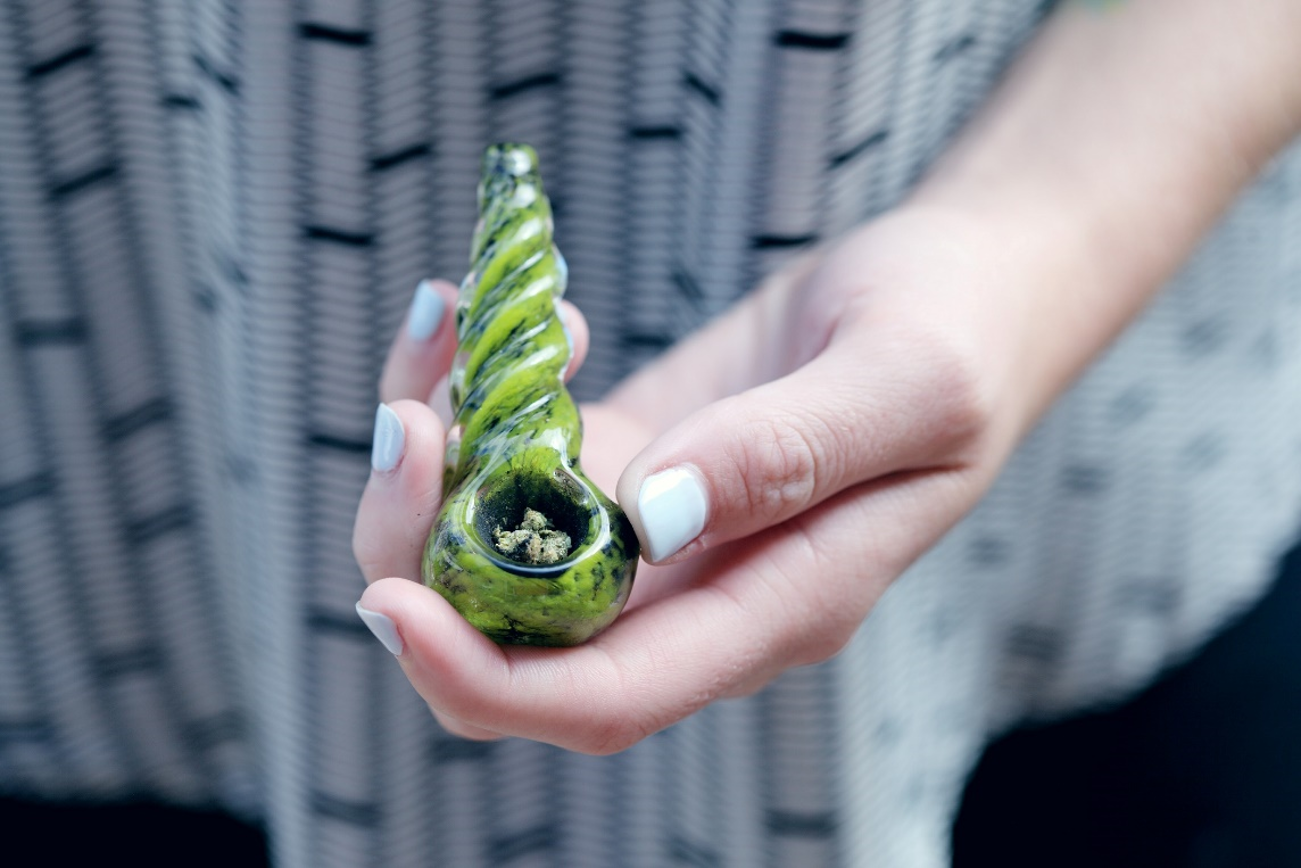420 Blaze It: The History of Smoking and Terminology to Know

The history of bongs
Pop quiz: when was the first bong used?
A) Not till the psychedelic 70s
B) The ancient Pharaohs loved a drag
C) In the time of pirates and maidens
The answer is D, none of the above. The oldest known bongs date back to 2,400 years ago and were made out of gold. We can’t know for sure if these were the first as there’s so much still undiscovered from ancient times. Based on the evidence we do have, we know that bong use was popular in Russia, Africa and Central Asia long before it hit Western cultures. It was China’s Silk Road trading that helped it spread across different countries and cultures. Then with the rise of popular media, festival culture and famous musicians, we saw bong use climb to the peak of notoriety in the 1960s and 70s. Bongs are now a widely recognised smoking apparatus with cultures from around the world.
Buy bongs online with Online Smoke
The history of hookah
Hookah, the bong’s Middle Eastern cousin, was first popularised in India and Persia. It is most commonly used with flavoured tobacco, though some cultures have been known to dabble in harder substances. Dating the early history of the hookah has proved tricky and thus far, we can only establish it was around since at least the 1500s. The word hookah is derived from the Hindustani ‘huqqa’, a language of Arabic origin used throughout India and Pakistan. This implies these countries were the starting line for hookah use and it has since spread across parts of Asia, the Middle East, South Africa, the Americas and of course, Australia.
Buy hookah online with Online Smoke
9 slang terms you should know
As smoking culture and its equipment spread, so too did a new set of slang terms. If you’ve been struggling to pick up the lingo – here are 9 slang terms to get your lingo up to scratch.
1. 420
There are a lot of myths around how this term came to be, but the most accepted origins are at an American high school in the 1970s. A group of smokers would regularly meet at 4:20pm for their daily sesh. They began using 420 as a code to keep squares and non-smokers out of the group. Ever since, 420 has been a way to refer to a smoking session.
2. Bowl
The bowl is the part of a bong where you place whatever you are smoking.
3. Carb hole
This has absolutely nothing to do with bread, so don’t go stuffing the carb hole. Carb is short for carburator and the carb hole is a small opening found in many glass bongs. It helps you regulate the airflow and clear the smoke from your bong.
4. Cashed (aka Kicked)
When your bowl is burnt out and there is nothing left to smoke, you could say that it is cashed.
5. Cherried
When your bowl stays lit for a long time, no need to relight, it is cherried. This is ace before relighting too often can overheat your bowl and burn your goods or waste your lighter fluid.
6. Dank
Super high quality herbs or tobacco are known as dank.
7. Drag
Much like a drag of a cigarette, a drag of a bong or hookah is the act of drawing smoke out/inhaling. A heavy drag means you have to suck hard while an easy drag feels more like breathing.
8. Shisha
You may have heard hookah referred to as shisha and assumed they are the same thing. In actual fact, shisha is the name for the tobacco mix you smoke using a hookah.
9. Soft glass
Soft glass is a bong material that can be made in vibrant blended colours, as opposed to clear. It is softer and less durable than scientific glass which is what is used for most transparent bongs. Check out our soft glass bongs for examples.
Browse bongs and hookahs from Online Smoke
Online Smoke are an Australian supplier of smoking equipment from bongs to hookah, pipes and e smoking. We ship Australia-wide and have free shipping on orders over $150. Need help with your shopping? Call us on (02) 6100 8581 or send a message online.
Note: it is illegal to sell or supply tobacco products to young people under the age of 18. Please familiarise yourself with the laws and regulations within Australia.
